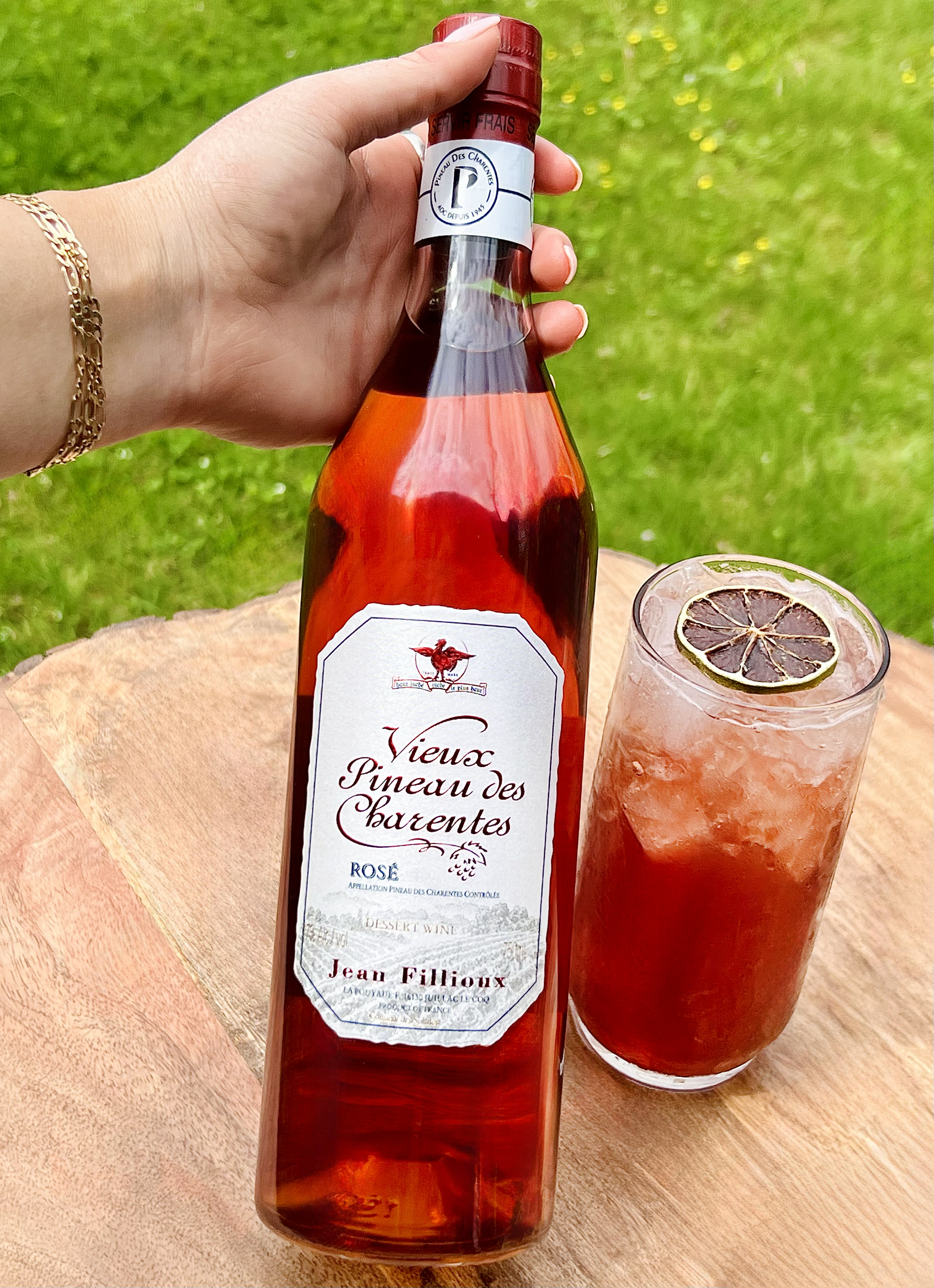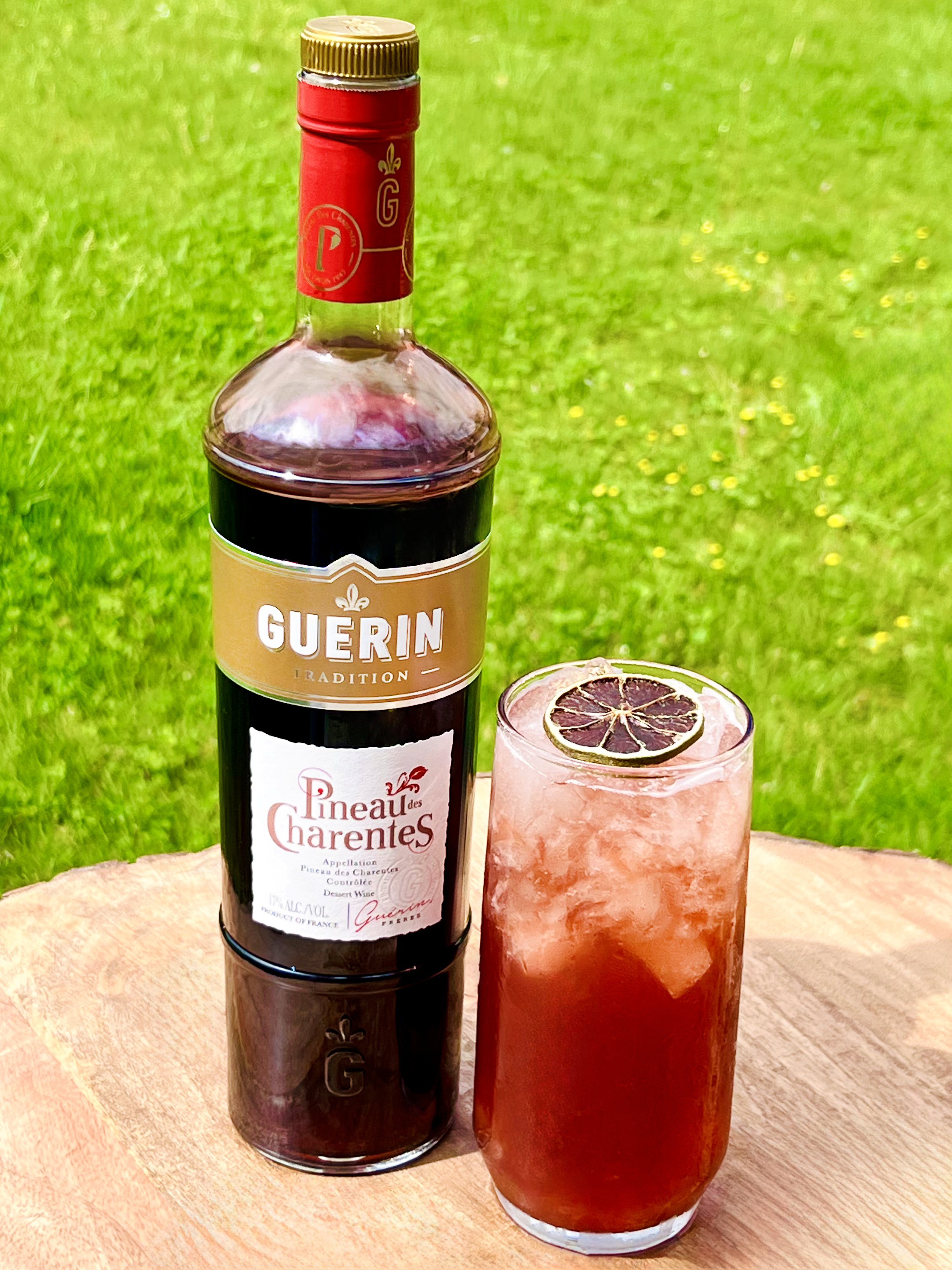Pineau des Charentes
Pineau des Charentes is a Cognac-fortified wine famous in the Cognac region of France, and one of its best kept secrets! Explore our selection of exceptional Pineau des Charentes.
A Legend is Born
According to one legend, Pineau des Charentes is not only the fruit of the vine, but also of luck. In 1589, when Henry IV came to the throne of France, a grower in Charentes, during the harvest, accidentally tipped grape must into a barrel containing cognac eau de vie. He subsequently stored the barrel away in the cellars of the lord of the manor.
A few years later, as a result of a bumper harvest, he found himself short of a barrel. Much to his surprise, he found that the precious barrel contained a marvelous brew, limpid and as full of sunshine as the land of Charentes. The Pineau of Charentes was born.
Pineau des Charentes Appellation
Pineau des Charentes is regulated by an AOC or Appellation d'Origine Contrôlée which maintains the high quality of the product.
The cognac eau de vie and grape juice have to come from the same estate.
The Pineau itself must be between 16% and 22% alcohol.
The final product may only be sold after it has been given the seal of approval by an official tasting panel
More about Pineau des Charentes from Pineau Academy, officially the Comité National du Pineau des Charentes (CNPC).
Production Process
Pineau Academy provides us with the five essential stages of production.
1. HARVEST
Once grapes have soaked up the sun and the aromas of the Charentes soil, they are picked from late September onwards. This process takes about a month.
2. PRESSING
Grapes are then pressed: white ones as soon as they are harvested, and red ones following several hours of maceration, giving them Pineau des Charentes’ typical bright color.
3. MUTAGE
Next comes the key component of production process called mutage, consisting in adding alcohol to grape juice. Cognac eau de vie aged for at least one year and containing at least 60% alcohol is added to the grape juice in a 3 to 1 ratio, to stop fermentation.
4. AGEING
Pineau des Charentes must age in oak barrels. During this last phase, the wine acquires its final aromas. This patience pays off, giving Pineau des Charentes its distinctively harmonious aromas, roundness and freshness on the palate.
Pineau White is aged for at least 18 months, including 12 months in barrels.
Pineau Rosé and Red are aged for 12 months, of which 8 months are in barrels.
Its bouquet can be further enhanced by ageing in oak barrels for 5 years minimum, to create Old and Very Old Pineau des Charentes.
5. BOTTLING
Due to its AOC status, Pineau des Charentes must be bottled in the region where it is produced.













